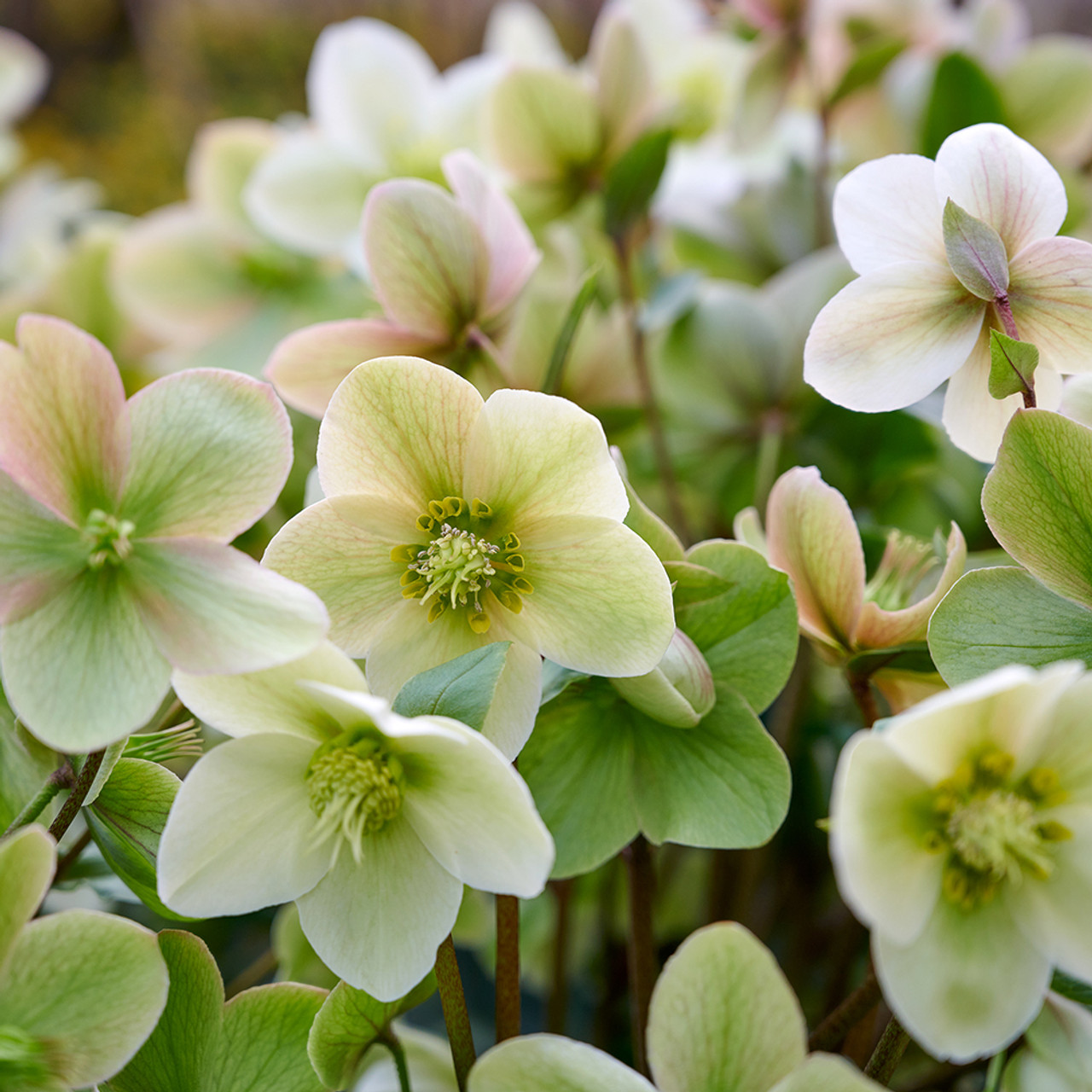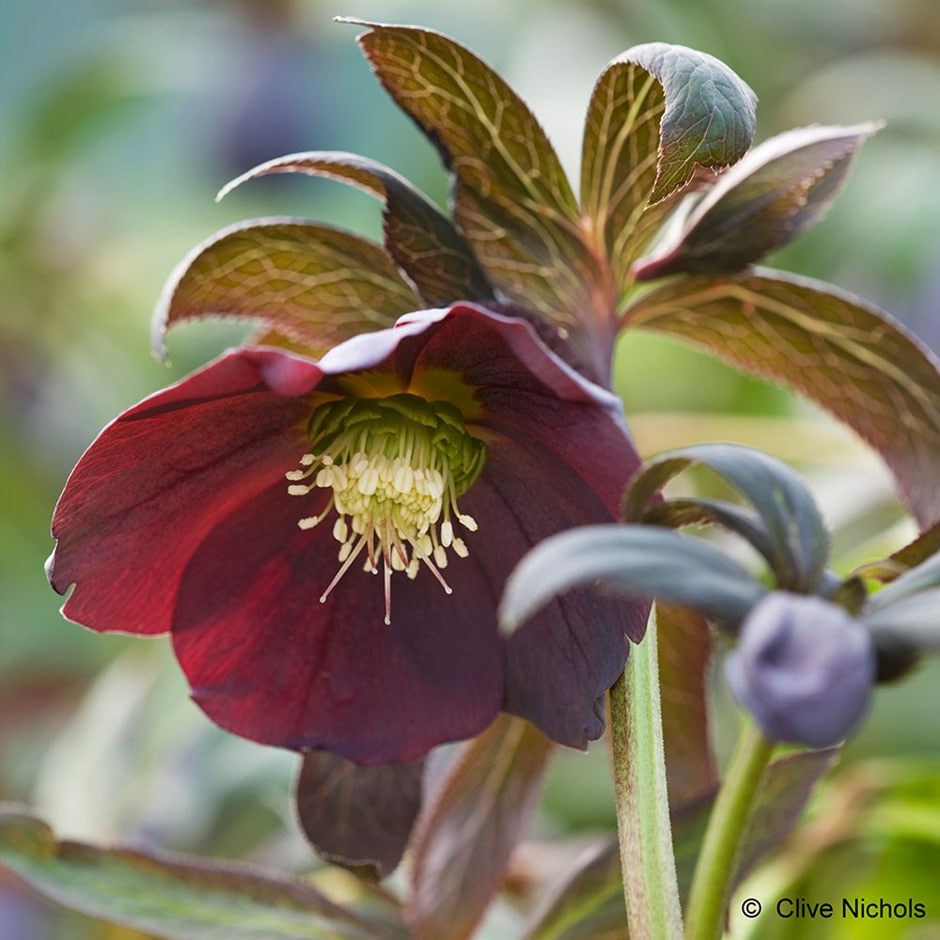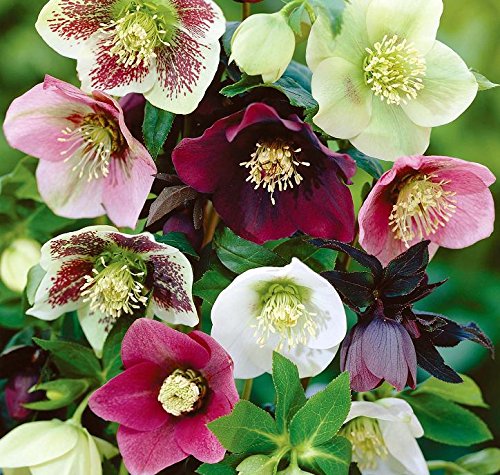How to grow hellebores for stunningly easy winter blooms
Don’t be fooled by their delicate appearance; hellebores are hardy evergreens and perfect flowers for the colder weather
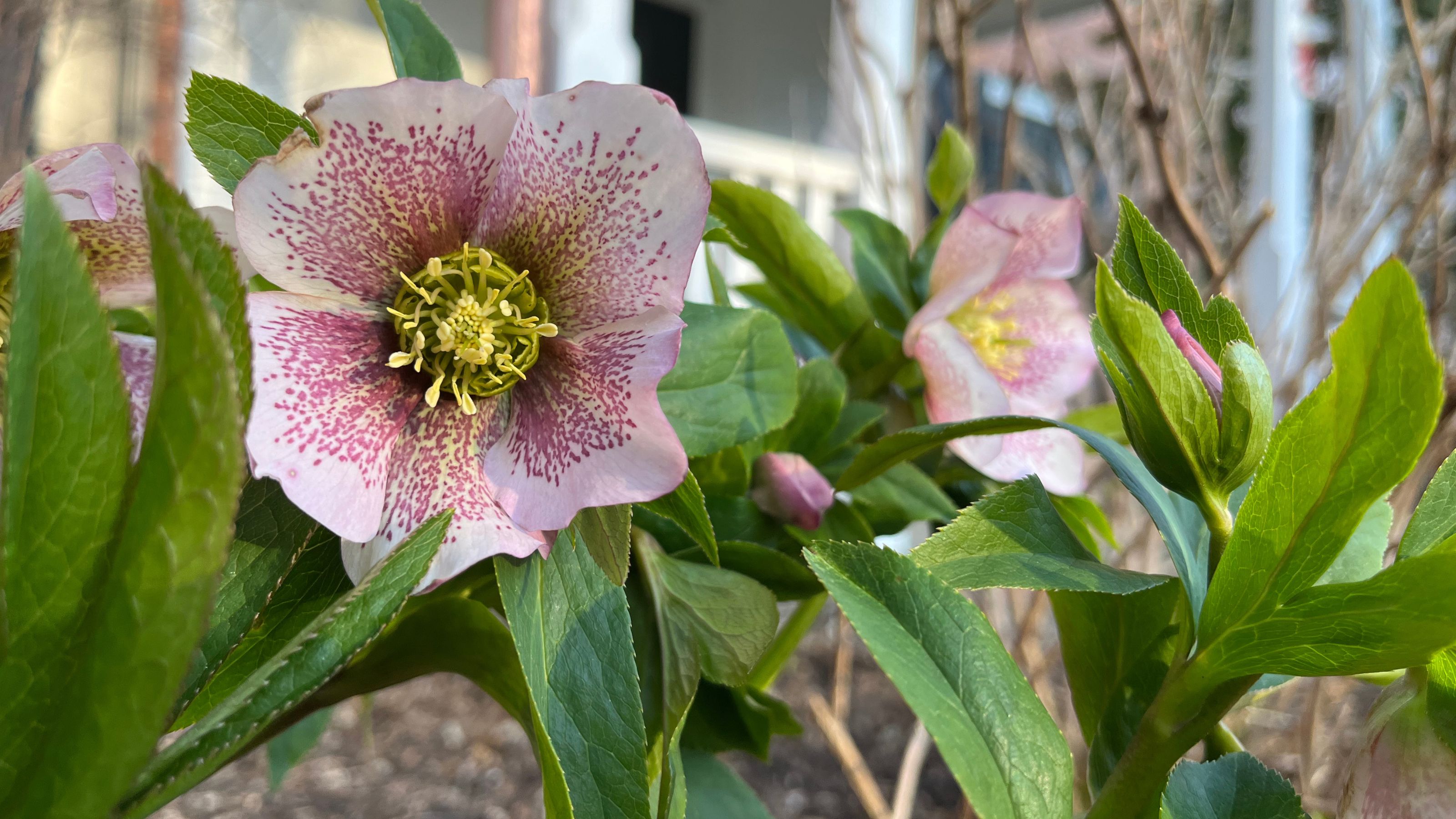

If you're looking to add some colour to your winter garden, you'll want to learn how to grow hellebores.
One of the best perennial plants around, these hardy little beauties will bloom when little else will – and, thanks to their ability to thrive in even a partially shaded spot, they're ideal for flower beds, garden border ideas, and even containers (on a temporary basis).
These winter flowers are essentially, the floral equivalent of a jack-of-all-trades.
'One of my favourite winter plants, hellebores are great for pollinators in any wildlife garden,' says award-winning garden designer Zoe Claymore, who flags that it's important to learn how to divide hellebores if you want to make the most of their perennial magic.

Zoe Claymore is a multi award-winning garden designer based in London. She focuses on creating outdoor places with emotional connection and ecological integrity for her private and commercial clients.
To make your life easier, Zoe and most gardening pros say it's best to select the helleborus × hybridus variety, commonly known as Oriental hybrids.
Where to buy Hellebores
This cottage garden staple doesn't require lots of tools and equipment; all you really need is lots of organic matter, such as garden compost, and a sheltered spot in your garden with free-draining soil.
You'll need, too, some hellebores to plant. For a striking display, try something like the Helleborus x 'Diamonfire' from Sarah Raven or the Helleborus × hybridus Harvington Smokey Blues from Crocus.
You can also pick up Helleborus Orientalis Mixed Perennial Plug Plants from Amazon (yes, Amazon) if you fancy bagging three different blooms at once
When to plant
While hellebores can technically be planted at any time of year, it's best to plant them between October and March (so long as the ground isn't frozen) so that they have time to establish themselves before the dry summer months.
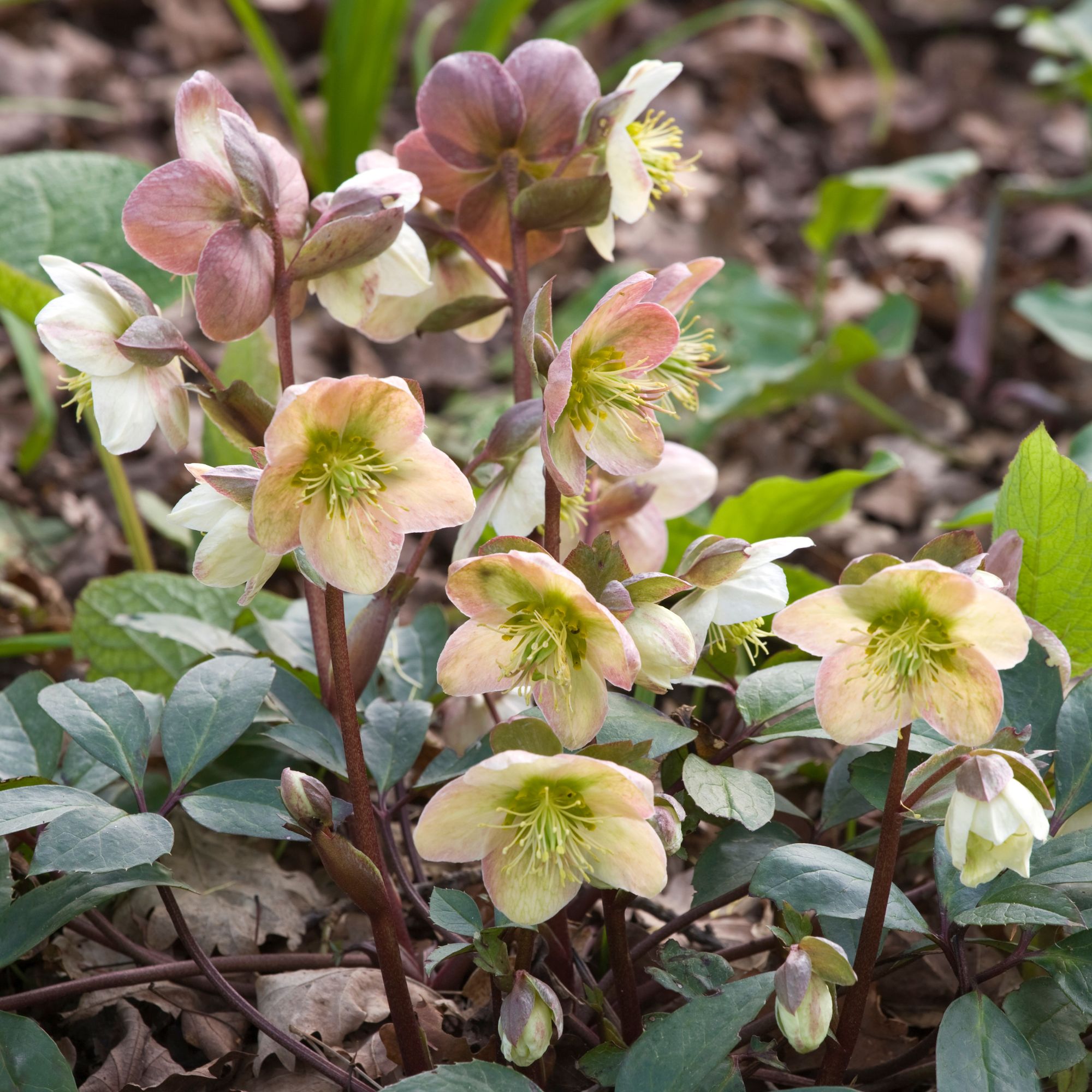
Where to plant
Hellebores are most often bought in flower, ready for planting, which means that the most important step in this process is choosing where to plant them so they thrive.
'Most hellebores can tolerate morning sun, but try to find a partially shady spot if you can,' says Christopher O'Donoghue, one of the co-directors at Gardens Revived.

A gardener with over a decade of experience under his belt, Christopher set up Gardens Revived with his brother, Andrew, in 2018 to create a thriving family business. Together, they have worked on residential gardens, listed buildings and gardens, flower shows and large estates with some exceeding 70 acres – many with historical significance.
'You'll also want well-draining soil, that's been enriched with organic matter, and make sure you choose a spot that's protected from strong winds,' he adds.
How to plant
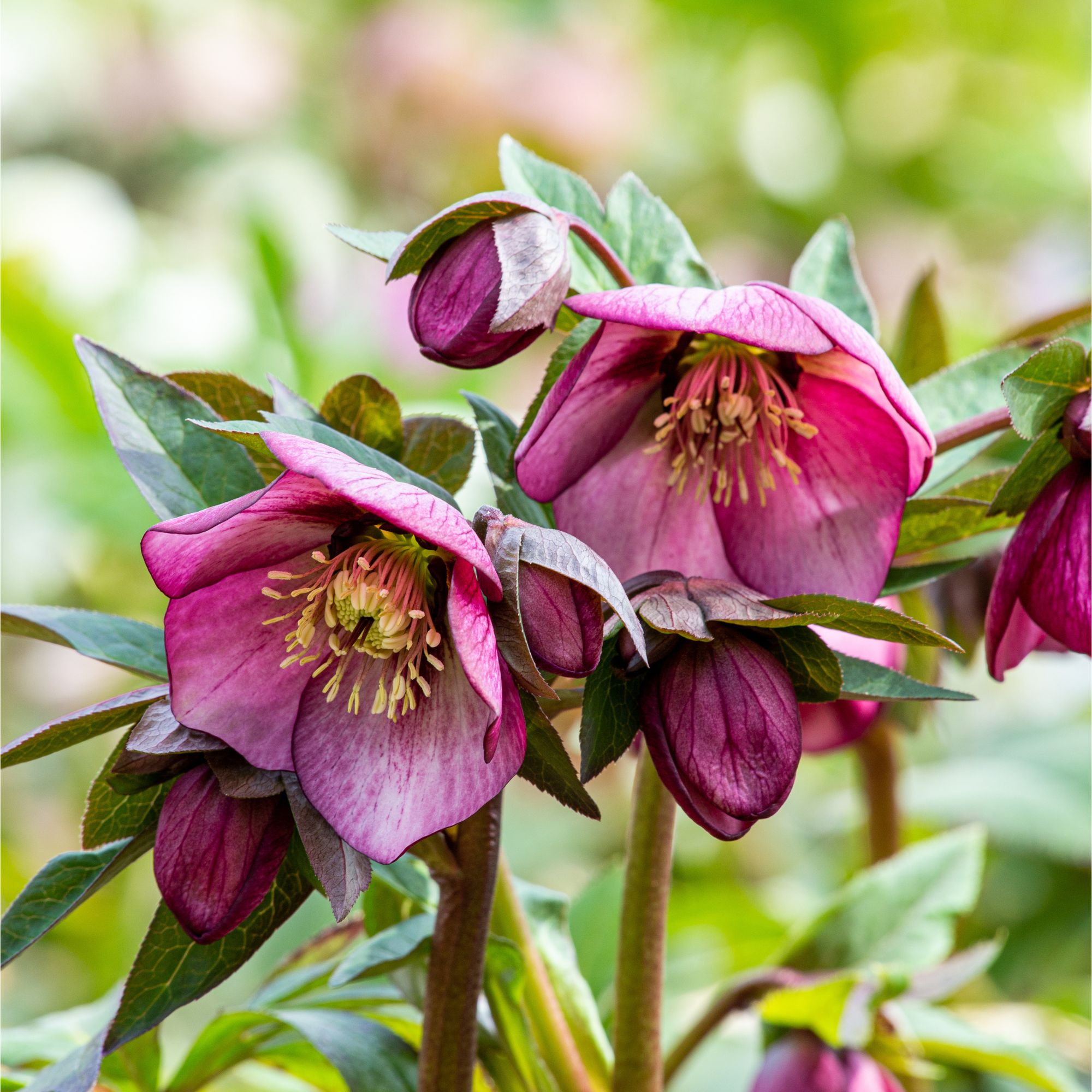
When it comes to planting your hellebores, the general rule of thumb is to dig a hole that's twice the width of the root ball.
'Position the plant so the crown sits just below the soil surface,' says Christopher, who suggests you match the same level they were growing in their original container to avoid taking things too deep.
'Don't forget to space plants about 12–18 inches apart to allow for growth. And take care to firm them in gently, watering them well to help those all-important roots to establish themselves.'
Aftercare
It's a good idea to get mulching after you've planted your hellebores, as this should keep them from drying out – just be sure to keep mulch away from the crown to prevent rot.
'You want the soil consistently moist, especially in the first year,' says Christopher, who notes that these plants are drought-tolerant once they've become established.
'It's also a good idea to top-dress annually in autumn with compost or well-rotted manure, and try to apply a balanced slow-release fertiliser in early spring.'
Don't forget: you will need to prune hellebores to ensure this winter favourite will bloom this Christmas, removing some of the older growth in late winter or early spring to make room for the new!
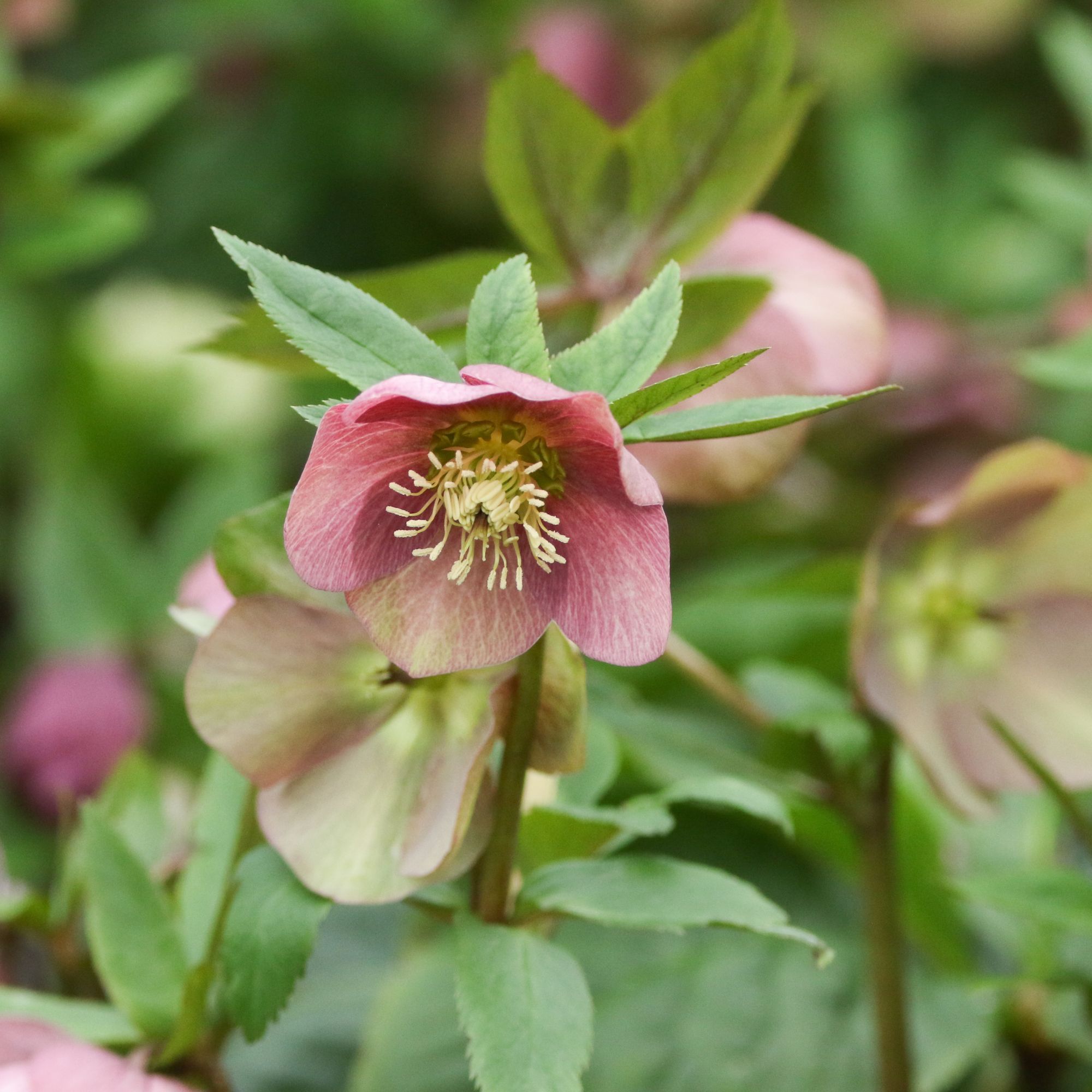
FAQs
Are hellebores better in pots or ground?
While hellebores are better in the ground than in pots, you can grow them in containers for a winter display so long as you make sure that you transplant them permanently into a border after they've flowered.
Once you've learned how to grow hellebores, you're in for an absolute treat as they will happily self seed around your garden if left to their own devices. This will make for an interesting hodgepodge of flowers, as they tend to form hybrid variants of their parent flowers.
Of course, you can avoid this by deadheading and removing new seedlings as and when they appear... but where's the fun in that, eh? Happy hellebore season!
Get the Ideal Home Newsletter
Sign up to our newsletter for style and decor inspiration, house makeovers, project advice and more.

Kayleigh Dray became Ideal Home’s Acting Content Editor in the spring of 2023, and is very excited to get to work. She joins the team after a decade-long career working as a journalist and editor across a number of leading lifestyle brands, both in-house and as a freelancer.
-
 5 signs you’ve taken decluttering too far — and how you can pull yourself back, according to organisation experts
5 signs you’ve taken decluttering too far — and how you can pull yourself back, according to organisation expertsYou might have to start resisting the urge to purge
By Lauren Bradbury
-
 What is the Party Wall Act 3m rule and is it something you should be worried about? This is what the experts say
What is the Party Wall Act 3m rule and is it something you should be worried about? This is what the experts sayDon't get caught off-guard by the Party Wall Act 3m rule — our expert guide is a must-read
By Natasha Brinsmead
-
 Shoppers can’t get enough of The Range’s lemon tree, but I’ve found an even cheaper bestseller at B&Q - it’s perfect for a Mediterranean look
Shoppers can’t get enough of The Range’s lemon tree, but I’ve found an even cheaper bestseller at B&Q - it’s perfect for a Mediterranean lookWelcome the summer with this glorious fruit tree
By Kezia Reynolds
-
 Shoppers can’t get enough of The Range’s lemon tree, but I’ve found an even cheaper bestseller at B&Q - it’s perfect for a Mediterranean look
Shoppers can’t get enough of The Range’s lemon tree, but I’ve found an even cheaper bestseller at B&Q - it’s perfect for a Mediterranean lookWelcome the summer with this glorious fruit tree
By Kezia Reynolds
-
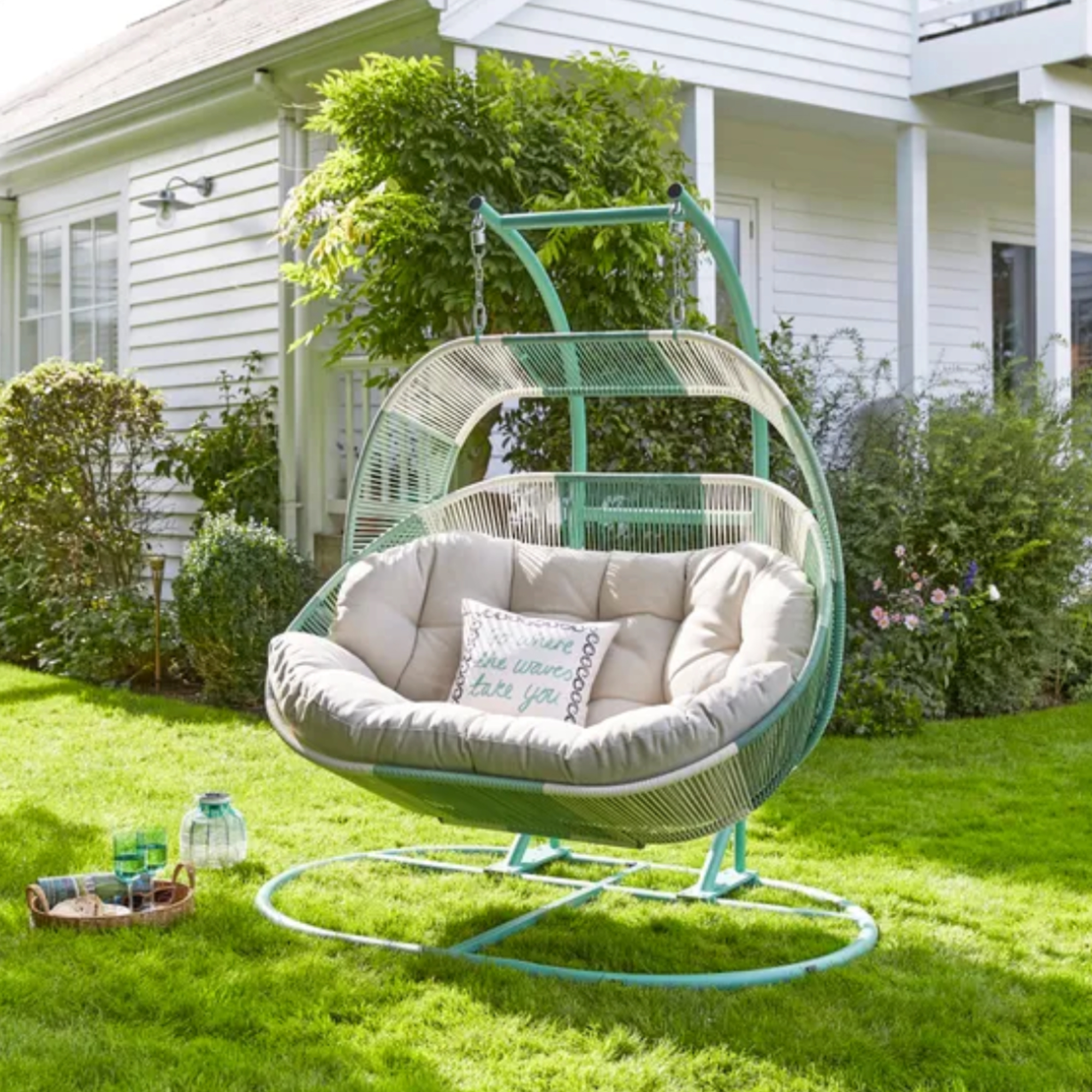 I'm a stylist with an eye for expensive-looking high street finds – these 6 garden furniture pieces at Dunelm are on my radar
I'm a stylist with an eye for expensive-looking high street finds – these 6 garden furniture pieces at Dunelm are on my radarThese pieces all look more than their price tag
By Laurie Davidson
-
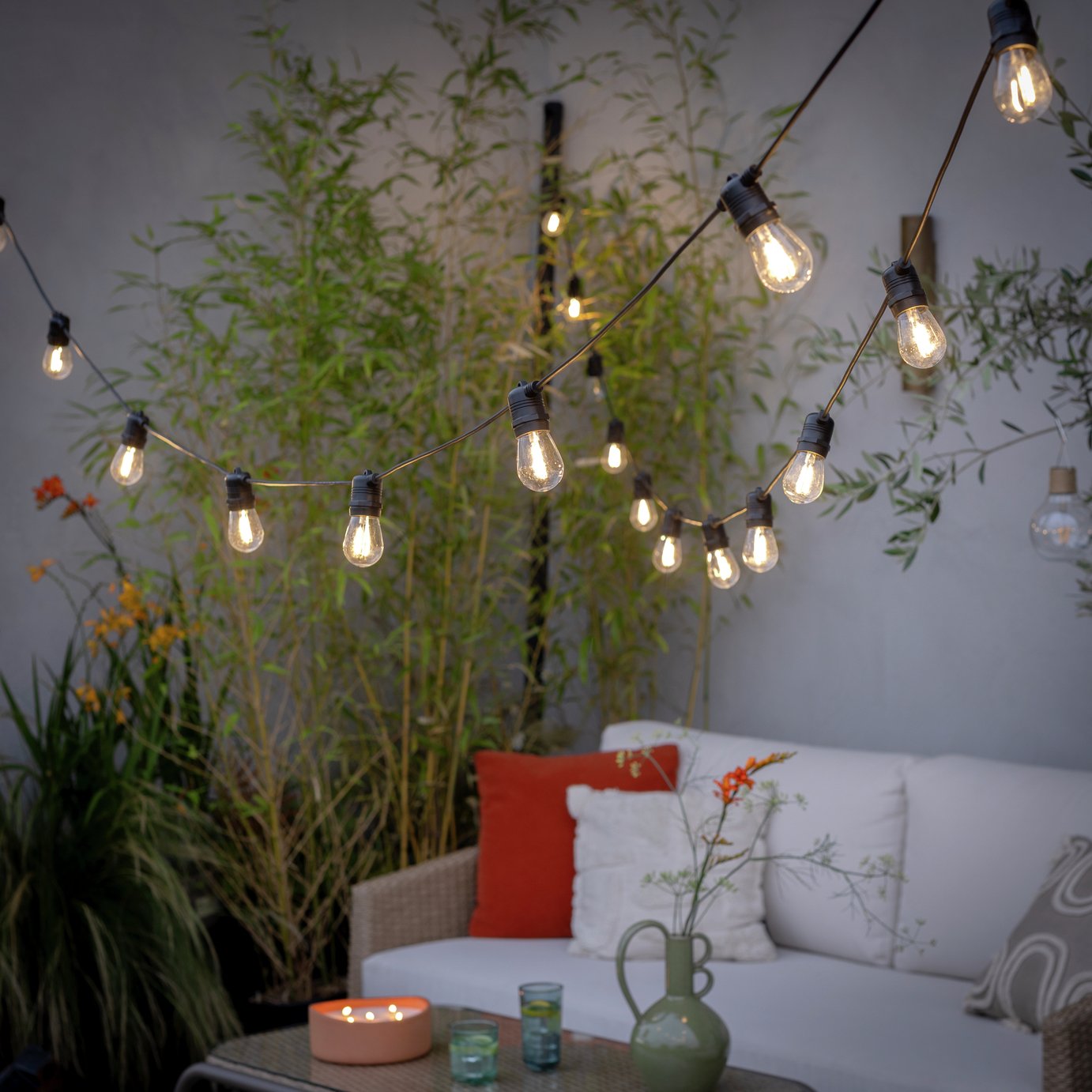 The 6 outdoor lights from Habitat that I'm choosing between to make my outdoor space look more expensive this summer
The 6 outdoor lights from Habitat that I'm choosing between to make my outdoor space look more expensive this summerI couldn’t believe some of the prices
By Ellis Cochrane
-
 Aldi is launching a £200 day bed with four different features - its sleek design is suited to the whole family
Aldi is launching a £200 day bed with four different features - its sleek design is suited to the whole familyYou don't want to miss out on this Specialbuy
By Kezia Reynolds
-
 I’m seeing pastel garden furniture at all my favourite brands this spring, but QVC’s sorbet collection impressed me the most
I’m seeing pastel garden furniture at all my favourite brands this spring, but QVC’s sorbet collection impressed me the mostFresh pastel shades are a great way to liven up your outdoor space
By Kezia Reynolds
-
 I spent the afternoon looking through Wayfair's garden sale – these are the 6 pieces I'm buying immediately for summer
I spent the afternoon looking through Wayfair's garden sale – these are the 6 pieces I'm buying immediately for summerThese are my must-have garden buys from the sale
By Holly Reaney
-
 I’ve found the perfect alternative to John Lewis’ sold-out striped garden chair – and you won’t believe where it's from
I’ve found the perfect alternative to John Lewis’ sold-out striped garden chair – and you won’t believe where it's fromJohn Lewis' Sling Garden Chair is one of the most stylish pieces of garden furniture I'd seen – until I tracked down this QVC lounge chair...
By Kezia Reynolds
-
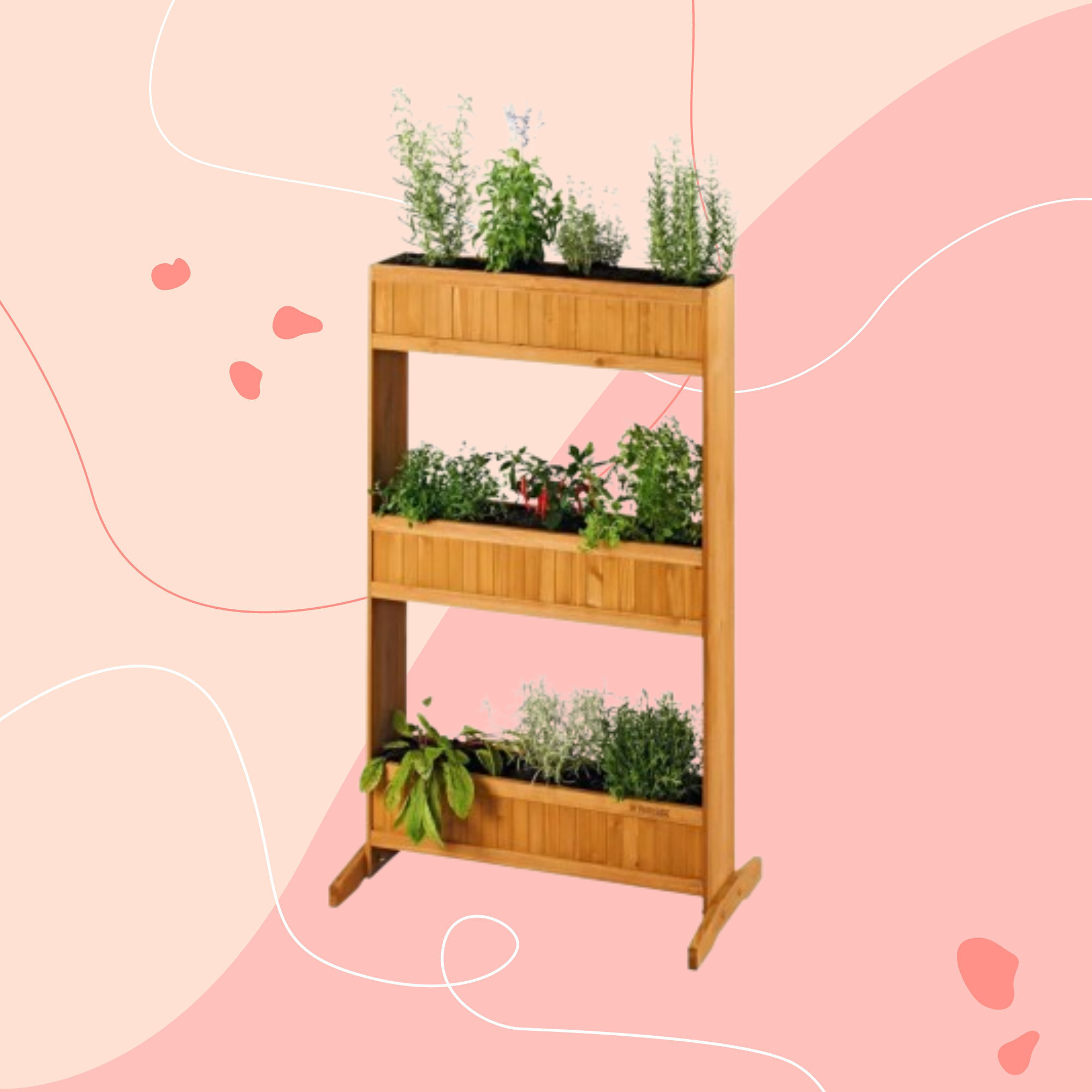 Lidl is selling a smart tiered planter that will unlock extra planting space in a tiny garden or balcony
Lidl is selling a smart tiered planter that will unlock extra planting space in a tiny garden or balconyWhy I've been eyeing this planter up for my tiny garden
By Kezia Reynolds
